(6411 products available)

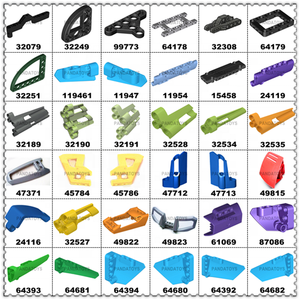



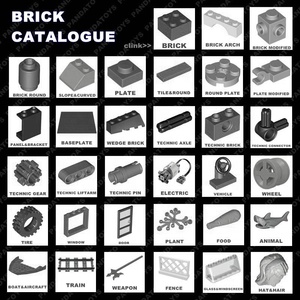











































































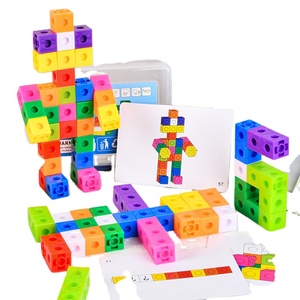

















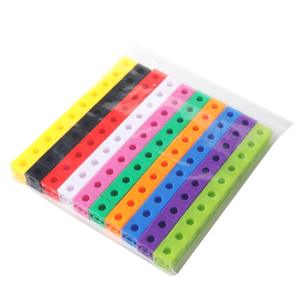




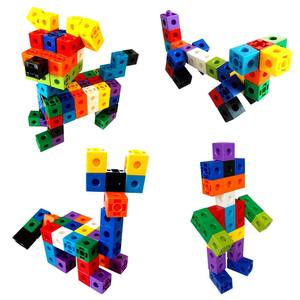


















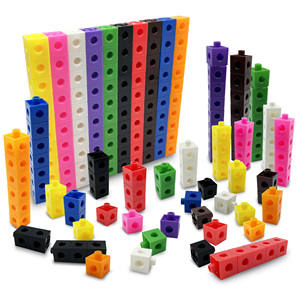


























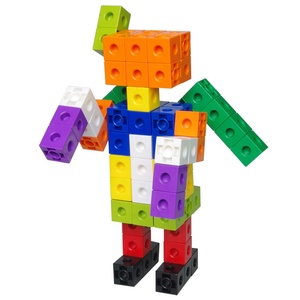















































![[Gobricks]GDS-1212 Wholesale Building <strong>Block</strong>(LDD Part 32293)<strong>Blocks</strong> <strong>Link</strong> 1x9 Part](http://s.alicdn.com/@sc04/kf/He18a2ed0685b4c1d92f56dc2bedf289an.jpg_300x300.jpg)
![[Gobricks]GDS-1212 Wholesale Building <strong>Block</strong>(LDD Part 32293)<strong>Blocks</strong> <strong>Link</strong> 1x9 Part](http://s.alicdn.com/@sc04/kf/H2729f525480b4052af8180ebf4a0e1b2a.jpg_300x300.jpg)
![[Gobricks]GDS-1212 Wholesale Building <strong>Block</strong>(LDD Part 32293)<strong>Blocks</strong> <strong>Link</strong> 1x9 Part](http://s.alicdn.com/@sc04/kf/H8f74f2f333be4878b29bd8dc77e563f9K.jpg_300x300.jpg)
![[Gobricks]GDS-1212 Wholesale Building <strong>Block</strong>(LDD Part 32293)<strong>Blocks</strong> <strong>Link</strong> 1x9 Part](http://s.alicdn.com/@sc04/kf/Hcf38324673194f17956af1a623c0741ff.jpg_300x300.jpg)
![[Gobricks]GDS-1212 Wholesale Building <strong>Block</strong>(LDD Part 32293)<strong>Blocks</strong> <strong>Link</strong> 1x9 Part](http://s.alicdn.com/@sc04/kf/H1124b72aba1d4a13aa1151ae531eb78dJ.jpg_300x300.jpg)
![[Gobricks]GDS-1212 Wholesale Building <strong>Block</strong>(LDD Part 32293)<strong>Blocks</strong> <strong>Link</strong> 1x9 Part](http://s.alicdn.com/@sc04/kf/He961c2fadb234293866979d6b7011895u.jpg_300x300.jpg)

















There are different types of linking blocks, including:
Classic Linking Blocks
The traditional linking blocks are small and formed into a chain. Children can connect and disconnect the pieces, which helps them develop their fine motor skills. These blocks also help children learn how to count and recognize different colors and shapes. Kids enjoy classic linking blocks because they are easy to use and play with.
Colorful Building Linking Blocks
These blocks are big and easy to hold for young children. The blocks come in different bright colors, making playtime exciting. Children can stack the blocks on top of each other to build houses, towers, and other shapes. This activity helps them learn how to be creative and improve their hand-eye coordination.
Alphabet Learning Linking Blocks
These special blocks are used for teaching letters and words. Each block has a letter printed on it, which helps children learn how to read and write. The blocks can be linked together to make simple words or shapes, like their name. This play makes learning fun and easy for kids.
Animal Adventure Linking Blocks
These blocks come with animal figures and pictures of different places, like farms, jungles, and oceans. Children use the linking blocks to build places where they can play with the animal figures. This type of play helps children learn about animals and where they live. It also teaches them how to play with others and use their imagination.
Theme Play Linking Blocks
These are linking blocks that come with extra pieces that make play more exciting. They include small figures, wheels, and other extras that transform the blocks into a more play set. Children use the linking blocks to build roads, houses, and other structures where they can play with the additional pieces. This type of play helps children learn how to be creative and use their imagination.
While purchasing linking blocks for resale, buyers should consider the material the blocks are made of. Ideally, blocks made of strong linking material are more durable and can withstand rough play without breaking or chipping. Buyers should also get blocks in various sizes. This offers various building possibilities and helps the development of fine motor skills. Blocks of different sizes also promote spatial awareness and coordination. They should also consider the color. Brightly colored blocks stimulate visual development and add fun to playtime. They should also get blocks with distinct patterns and linking shapes.
The age of the intended user is also a crucial aspect to consider when choosing linking blocks. For toddlers, buyers should get large and chunky blocks that are easy to hold and assemble. Such blocks minimize the risk of choking and are ideal for developing gross motor skills. They should also avoid sets with tiny pieces that can be ingested. For preschoolers, they should get moderately sized blocks that offer a balance of challenge and fun. Such blocks are great for enhancing problem-solving abilities and spatial awareness. They should also look for sets with different colors, which encourage creativity and mathematical concepts like symmetry and patterns. For older children, they should get smaller blocks that provide complex building opportunities. Usually, such sets come with intricate instructions, which foster cognitive development and planning skills.
Buyers should also get blocks that are easy to clean and maintain. They should also consider the safety feature of the blocks. This includes smooth edges that prevent injuries. In most cases, safety is a major concern for parents. To ease their worries, buyers should stock sets made of non-toxic materials. They should also get blocks in various quantities to give customers options depending on their budgets and intended use. For instance, small sets are ideal for young children or those new to linking blocks. At the same time, larger sets are suitable for more complex projects and longer use.
Linking blocks have many features and functions that make them popular among kids and toys manufacturers. Here are some of them:
Non-Toxic Materials
It is crucial that the blocks are made of linking blocks that are safe for children to handle and put in their mouths. They should be made of materials that do not have harmful chemicals, like BPA, phthalates, or lead. Parents should look for toys that are certified by groups like ASTM or EN71.
Smooth Edges
The edges and surfaces of the blocks should be smooth so that small children do not cut themselves when playing with them. This also minimizes the risk of injury if the blocks are accidentally thrown or dropped during playtime.
Large Enough Size
The blocks should be big enough so that young children do not accidentally swallow them, which could cause choking hazards. However, they should also be small enough to handle easily and fit together in different configurations.
Durable Construction
Linking blocks should be made of strong materials that do not break or splinter easily. This prevents small, sharp pieces from becoming loose and possibly ingested by children or causing injury.
Engaging Design
Good-quality linking blocks have exciting designs that make children want to play with them. They should have bright colors and interesting shapes to help stimulate a child's imagination and creativity during playtime.
Interactive Features
These blocks should have features like wheels, gears, or hinges that allow for more interactive and dynamic play experiences. This keeps children entertained and helps develop their cognitive skills as they figure out how to build different structures with moving parts.
Educational Value
Linking blocks should be good toys that help children learn in a fun way. They can teach concepts like balance, symmetry, or basic mathematical principles through hands-on building activities that encourage problem-solving and critical thinking.
Versatility
These blocks should allow for many different types of constructions to keep playtime interesting. This lets children create whatever they think of, from simple shapes to complex structures, using the blocks in multiple ways to promote open-ended play experiences.
Q1: What are the environmental benefits of linking blocks?
A1: Linking blocks made of natural materials are biodegradable and compostable. Their use reduces the demand for toys made of artificial materials like plastics, which can take centuries to decompose.
Q2: What are the educational benefits of linking blocks?
A2: Linking blocks are used to teach early literacy. Educators use them to spell names, create words, and construct simple sentences. They also assist in teaching numerical concepts like addition and subtraction.
Q2: What are the safety features of high-quality linking blocks?
A2: Safe linking blocks should be manufactured from non-toxic materials and bear the mark of well-known organizations that promote children's welfare.
Q>A4: How do linking blocks help in fine motor development?
A4: Linking blocks are great for improving children's fine motor skills. They require the use of hands and fingers, which in turn help with hand-eye coordination.